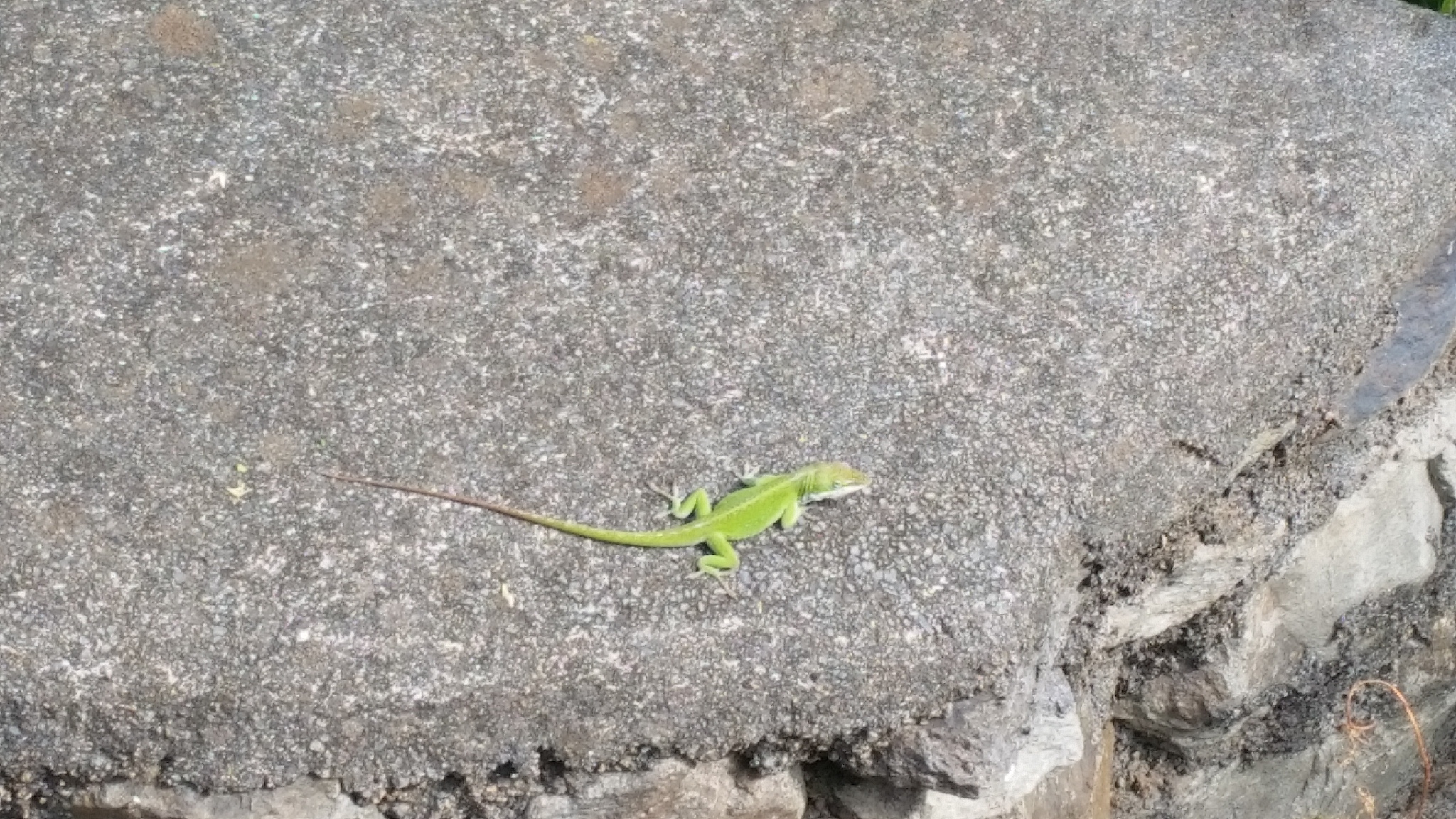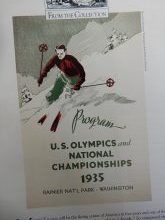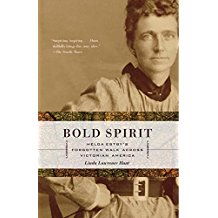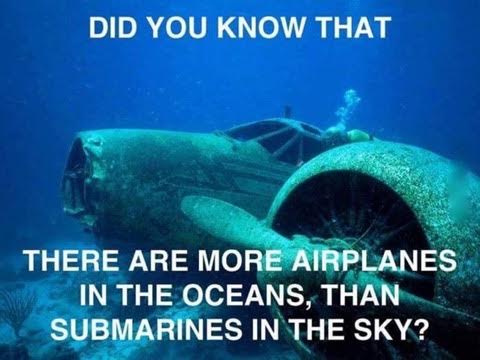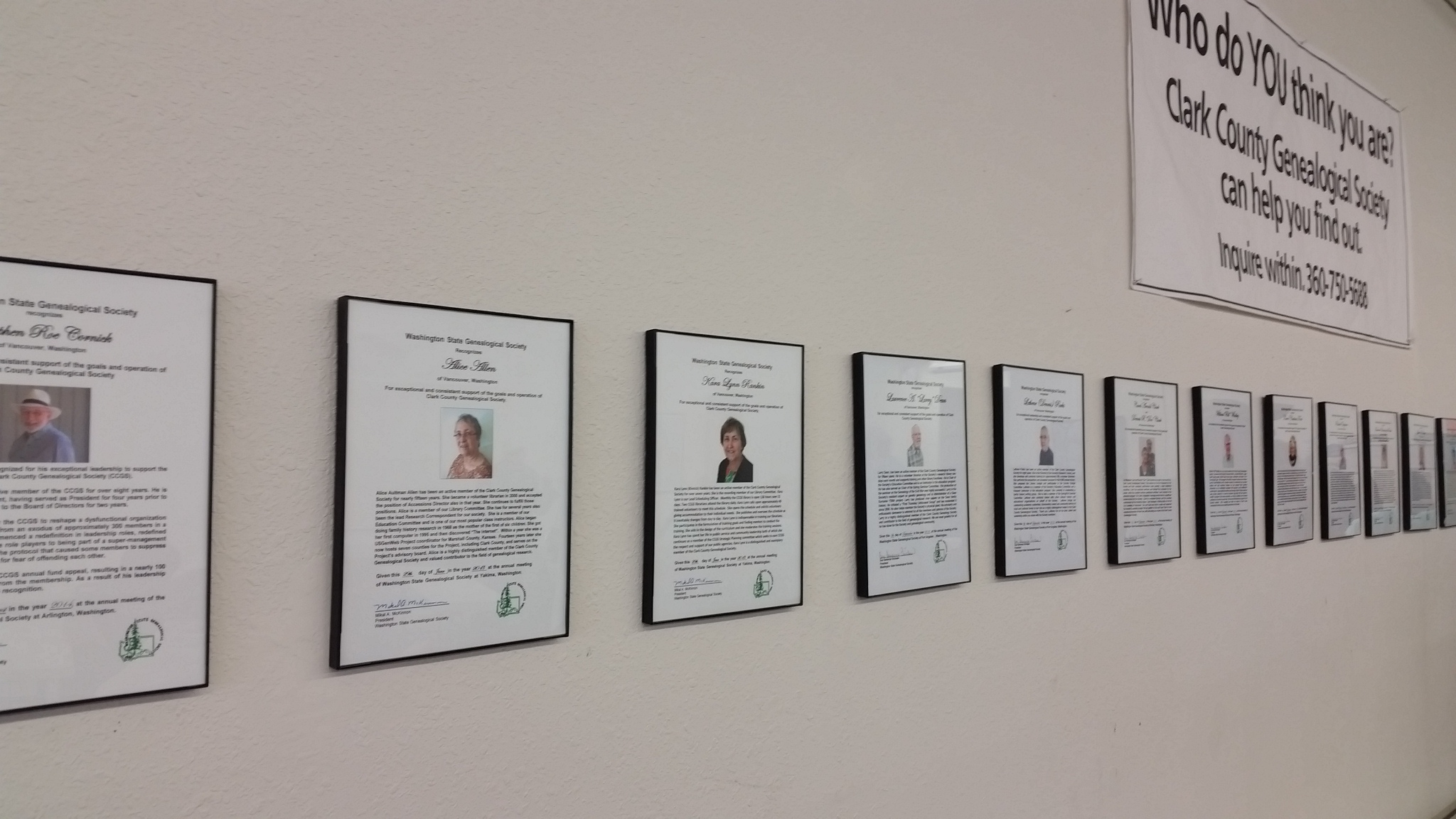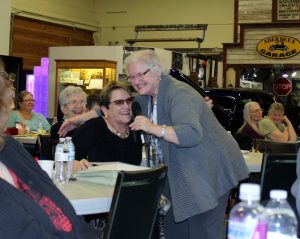
*** News Flash: Washington is the cloudiest part of the U.S.!
*** Images of America books
*** Washington’s Ethnic Diversity
*** Cats and Commas
According to a blurb in the Tacoma newspaper back on April 2, 1937, and coming from Cambridge, Massachusetts, a Harvard meteorologist proclaimed that St.Petersburg, Florida, was America’s sunniest spot. And the State of Washington the cloudiest section of the country. And the Olympic Mountains deemed the rainiest place. At least we didn’t get the Snowiest section or Driest Section or Thunderstorm Section. (Another blurb on another page I copied for March 6, 1939, said that “one of every 1000 citizens in Washington is a prison inmate, a penitentiary census statistic indicated today.” Hummmmm……
************************************
Ever wished you had a picture book of your hometown showing what it looked like back in the olden days? Images of America just might have what you crave. Take Washington state, for instance. There are 175 titles listed for our state with nearly forty for the Seattle area alone! There is a picture book for Ruston, Shelton, Oysterville, Camas, Forks, Soap Lake and even Pullman, so they do have smaller towns too. Click to www.imagesofamerica.com and check it out. (I just checked; they have a book for Kalamazoo, Michigan, where I was born!)
*********************************
According to “Washington State Facts,” the Evergreen State in 2004 was 10% foreign-born. And the six largest reported ancestries are German (19%), English (12%), Irish (11%), Norwegian (6 %), Mexican (6%) and Filipino (3%). By 2015, this had changed (according to Google). Our state was 75% white, 8.7% Asian/Pacific Islander, 20% non-white which included Native Americans. I enjoy the ethnic diversity of our state. Hope you do too.
***************************



